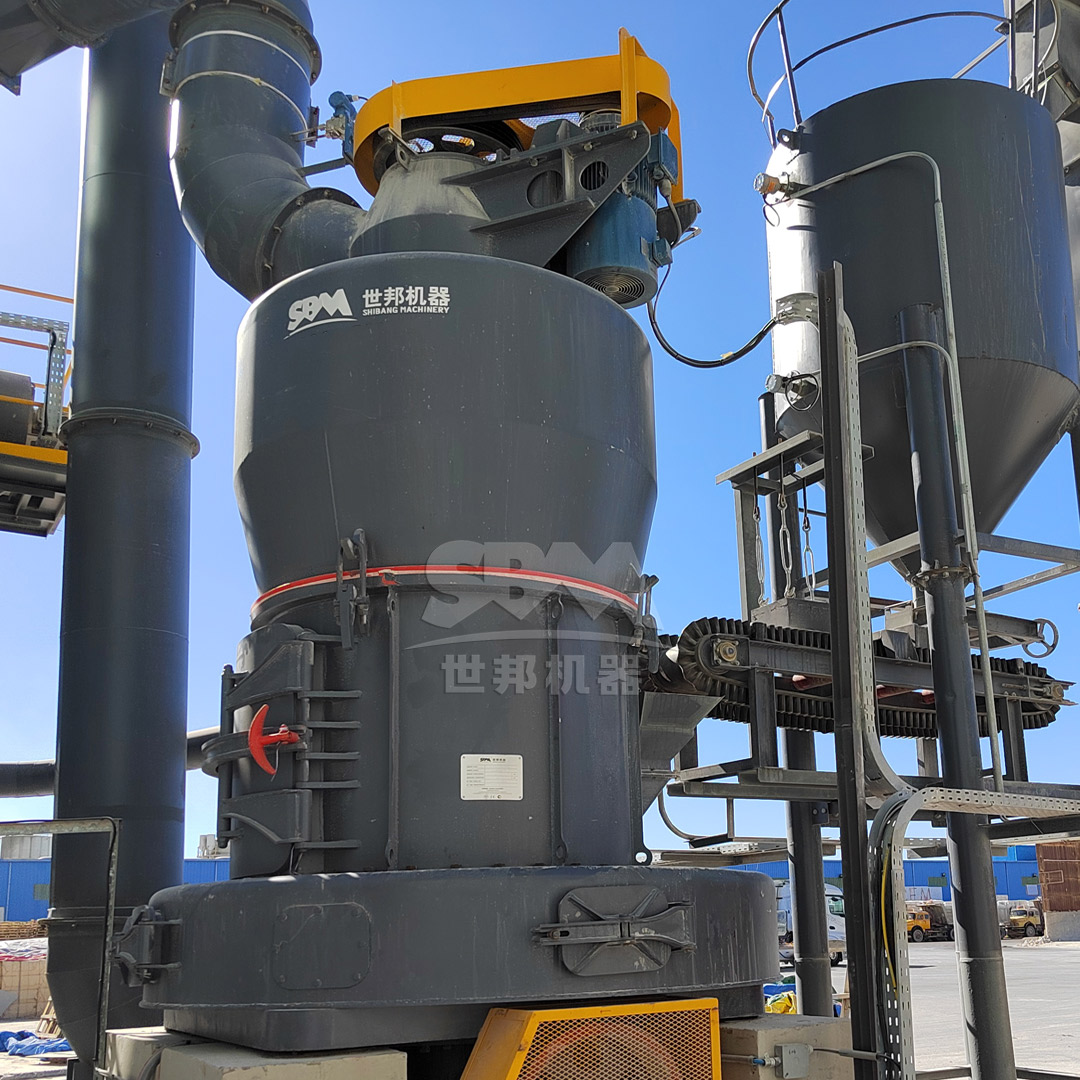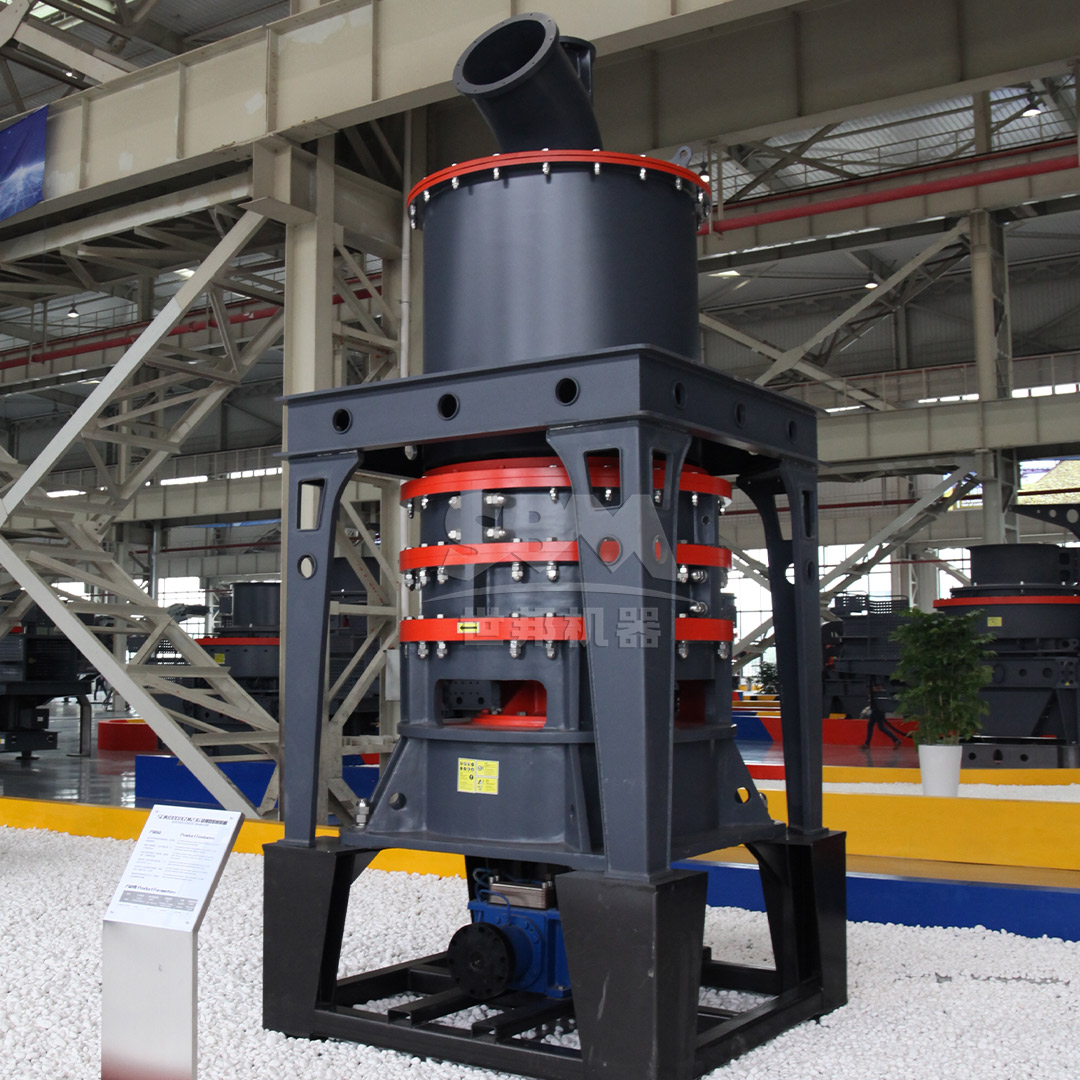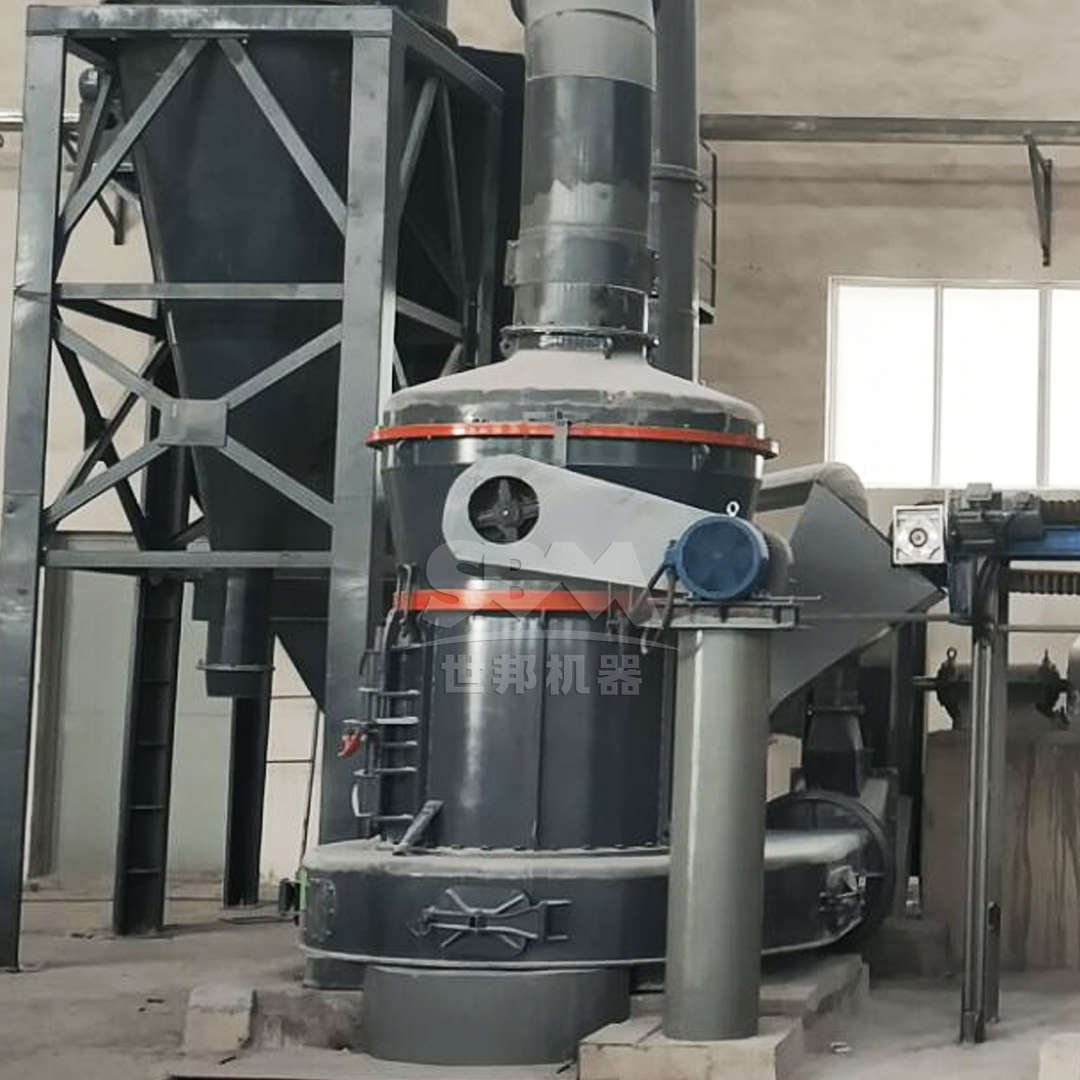The ceramic and glass industries are foundational to modern manufacturing, producing everything from everyday tableware and containers to advanced technical ceramics and high-performance glass. At the heart of these production processes lies a critical raw material: feldspar. As a key source of alumina and alkalis, feldspar acts as a flux, lowering the melting temperature of quartz and helping to control the viscosity of the glass melt. Its quality and consistency are paramount to the final product’s integrity, clarity, and strength.
However, the journey from raw feldspar ore to a perfectly consistent, fine powder is a complex engineering challenge. The choice of milling technology directly impacts production efficiency, energy consumption, product quality, and overall operational costs. This guide explores the critical role of roller mills in optimizing feldspar processing for the ceramic and glass sectors.
Feldspar is not merely a filler; it is a functional ingredient that dictates the properties of the final product. In ceramics, it provides the glassy phase that bonds the silica and other components together during firing, leading to densification and increased mechanical strength. In glass manufacturing, it contributes the necessary Al₂O₃, which improves the hardness, durability, and resistance to chemical corrosion of the glass.
The effectiveness of feldspar in these roles is heavily dependent on its particle size distribution (PSD) and chemical purity. Inconsistent or coarse particles can lead to:
Therefore, achieving a tightly controlled, ultra-fine, and homogeneous powder is not just desirable—it is essential.
While various comminution equipment exists, such as ball mills and hammer mills, roller mills have emerged as the technology of choice for modern feldspar processing plants. The advantages are multifaceted:
Traditional ball mills are notoriously energy-inefficient, with a significant portion of energy lost as heat and noise. Roller mills utilize a bed-compression principle, where material is ground between rotating rollers and a stationary track. This method applies energy directly to the material bed, minimizing energy waste and often reducing power consumption by 30-50% compared to ball milling systems.
Modern roller mills are integrated with highly efficient, dynamic air classifiers. This allows for real-time adjustment of the product fineness without stopping the mill. Producers can accurately achieve target PSDs, such as a consistent D97 ≤ 45μm for standard applications or even down to D97 ≤ 5μm for high-performance products, ensuring optimal reactivity in the kiln or furnace.
Roller mills offer a significantly higher capacity per unit floor space compared to traditional milling circuits. Their vertical design and integrated system (grinding, drying, classifying) make them compact, reducing the need for large buildings and complex material handling systems.
Designed for full negative pressure operation, advanced roller mills effectively contain dust, creating a cleaner and safer working environment. Furthermore, their operation is significantly quieter than the raucous environment of a ball mill plant, with noise levels often below 80 dB(A).

Selecting the right mill requires a careful analysis of your specific needs. Key parameters to consider include:
| Parameter | Consideration | Impact on Process |
|---|---|---|
| Feed Size | ≤ 20mm to ≤ 50mm | Determines need for pre-crushing stage |
| Required Product Fineness | 30 mesh to 2500 mesh (45μm to 5μm) | Dictates mill and classifier type |
| Moisture Content | Typically < 10% for dry milling | May require integrated drying system |
| Production Capacity (t/h) | 0.5 t/h to over 250 t/h | Scales with mill model and power |
| Wear Material Hardness | Mohs hardness of feldspar ~6-6.5 | Determines metallurgy of grinding elements |
For producers targeting the highest quality feldspar powders for advanced ceramic and glass applications, the SCM Ultrafine Mill represents the pinnacle of milling technology. Engineered to produce powders in the range of 325-2500 mesh (D97 ≤ 5μm), it is ideal for applications where exceptional purity and fineness are non-negotiable.
The SCM Ultrafine Mill is perfectly suited for producing feldspar powder for electronic ceramics, high-strength sanitaryware, and optical glass, where micron-level consistency directly impacts product performance.

For large-scale production of high-quality feldspar powder where the target fineness is between 30-325 mesh (0.6mm to 45μm), the MTW Series Trapezium Mill offers an outstanding balance of capacity, efficiency, and reliability.
A non-blocking design enhances air classification efficiency and reduces maintenance costs by 30%.
The MTW Series is an excellent workhorse for standard ceramic body and glaze preparation, container glass batch processing, and other applications requiring high volumes of consistently fine feldspar powder.
To maximize the lifespan and performance of your roller mill, adhere to these best practices:

The optimization of feldspar processing is a strategic investment for any ceramic or glass manufacturer. Moving from traditional, inefficient milling technologies to modern roller mills delivers tangible benefits across the board: drastically reduced energy costs, superior product quality with precise particle control, higher production rates, and a safer, cleaner operating environment.
By carefully evaluating production requirements and selecting the appropriate technology—such as the high-precision SCM Ultrafine Mill for ultra-fine applications or the robust MTW Series Trapezium Mill for high-capacity needs—producers can secure a significant competitive advantage, ensuring their feldspar supply chain is a source of strength and consistency for years to come.